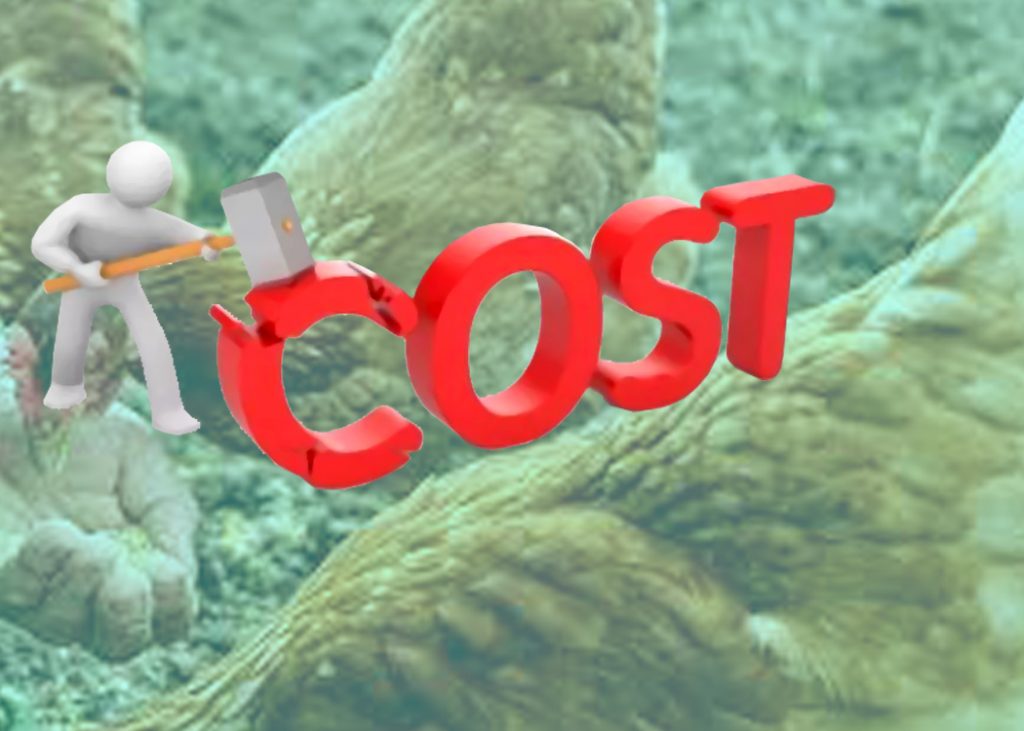
AVN WEB DESK
Dr Steve Leeson, Professor Emeritus at the University of Guelph, Canada, has recently highlighted the challenge of soaring ingredient prices in the poultry nutrition sector and the necessity to curb formulation costs to increase profitability and ensure cost-effectiveness in the poultry business.
In a lecture at the EW Nutrition Poultry Academy in Jakarta, Indonesia, Dr Leeson raised a critical question about whether safety margins could be reduced while maintaining optimal performance during challenging times. He stressed the importance of nutritionists finding a balance between cost-saving measures and upholding poultry performance, emphasising the potential for exploring strategies that optimise ingredient usage and decrease expenses without compromising the health and productivity of birds.
During periods of escalating feed costs, it is crucial to review the usage of feed additives that enhance nutrient utilisation and digestibility. Exogenous enzymes, particularly those that improve phosphorus, energy, and amino acid availability, play a pivotal role. Recognizing that different classes of enzymes target specific substrates, such as amylase improving carbohydrate complex digestibility, phytase aiding in the removal of the phytate molecule to release net energy, and protease enzymes contributing to energy release through the utilisation of protein and amino acids during protein turnover, is essential. The concentration of enzymes, especially for phytase, needs to be economically justified, considering the cost of the enzyme.
Another effective cost-saving measure involves reconsidering the maximum levels of ingredients used in formulations. While corn and soybean meal levels are typically unrestricted, constraints are often imposed on “alternative” ingredients like distillers grains, rice by-products, and rapeseed/canola meals. Increasing the use of these ingredients can lead to significant savings, with decisions based on consistent quality control assays, especially for crude fiber, crude protein, fat, and moisture content.
Exploring the adoption of “new” alternative ingredients, which might be novel to a specific region but have been successfully used elsewhere, can streamline formulation processes, leveraging existing data on their nutritive value.
Poultry exhibit remarkable adaptability to nutrient densities, aligning their feed intake with energy requirements. Success with lower energy diets hinges on understanding and predicting changes in feed intake and adjusting other nutrients accordingly. Factors such as high stocking density and environmental temperature can influence the effectiveness of lower energy diets, while reducing diet energy can often lead to improved pellet quality.
Traditionally, maintaining a Dietary Electrolyte Balance (DEB) around 250MEq was deemed optimal for broiler performance, particularly in terms of leg condition. However, genetic selection for skeletal integrity has lessened the emphasis on DEB. Nonetheless, DEB may still be relevant during heat stress to manage water intake and control manure moisture.
Dr. Leeson suggests focusing on maintaining a 1:1.3 ratio of sodium to chloride instead of fixed DEB levels, which can add to costs.
Emphasising the significance of pellet quality over pellet size, Dr Leeson underlines that large particle sizes are generally preferred by birds, reducing the time spent at the feeder, which is especially important in high-density stocking situations. Balancing ideal pellet size with practical considerations, such as pellet die size, becomes crucial as birds age and stocking density increases.
In conclusion, mitigating formulation costs during periods of high ingredient prices requires a strategic approach that combines the optimisation of feed additives, ingredient flexibility, nutrient density adjustments, and a focus on key parameters like DEB. By carefully managing these aspects, poultry producers can enhance production efficiency and profitability while navigating economic challenges in the industry. Dr Leeson suggests that cost mitigation should not require complex mathematics, enabling nutritionists to experiment with various improvements without compromising health and performance.





